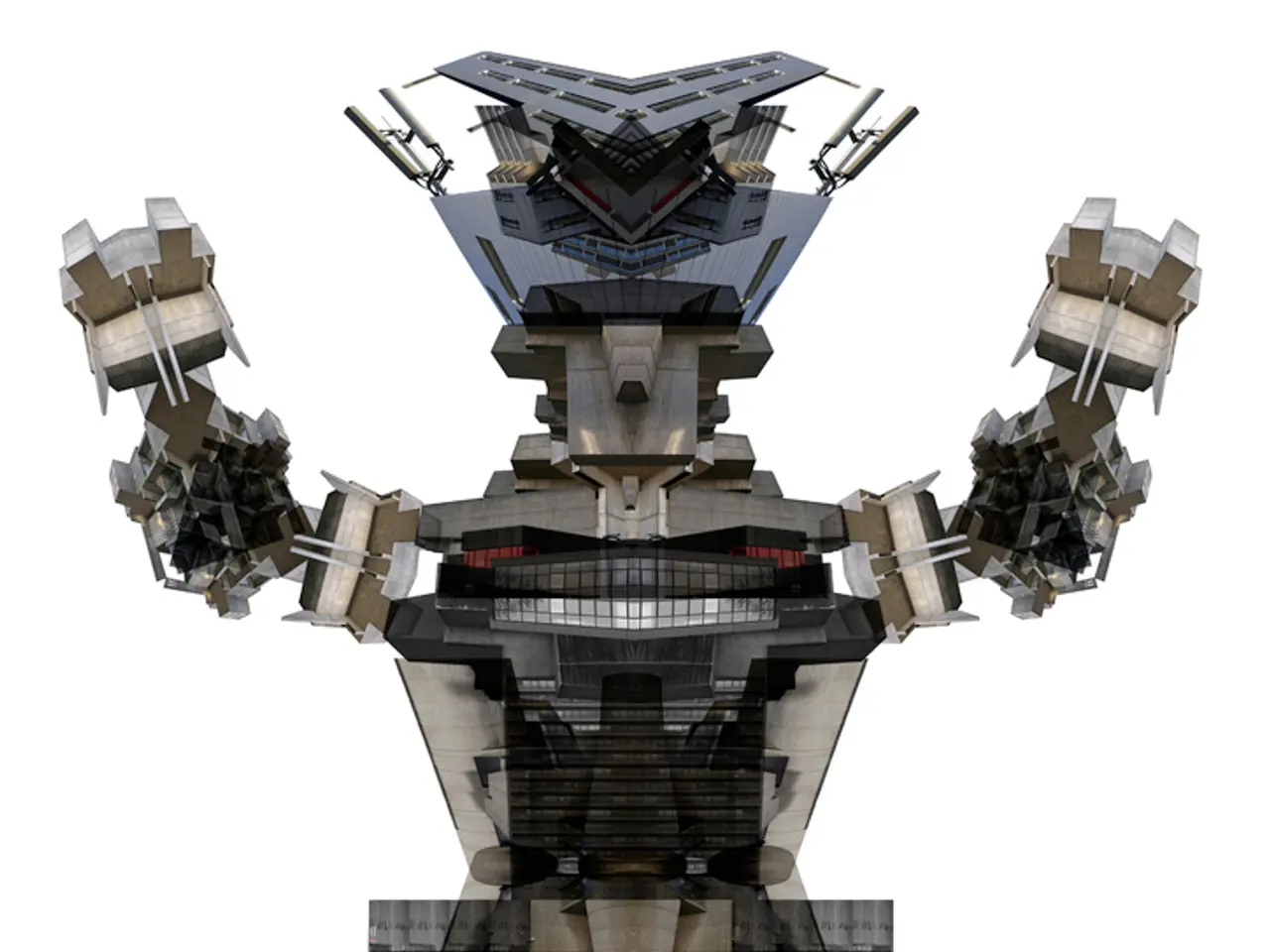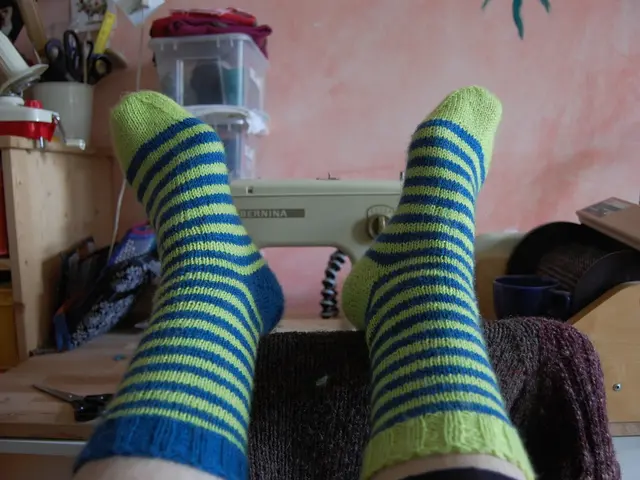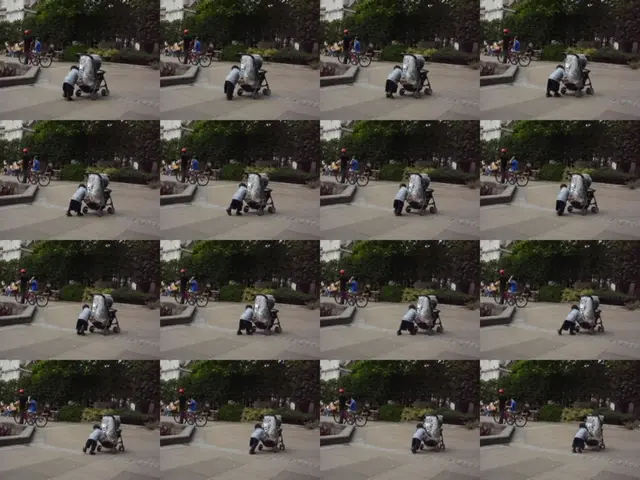Astonishing Robot Canine is bound to send chills up your back spine
The robotics industry is abuzz with the latest development in super-robust dog-like robots, such as the Unitree A2 Stellar Explorer. This remarkable machine showcases an impressive blend of agility, strength, and autonomous capabilities, designed to conquer challenging terrains and tackle industrial tasks with ease.
The Unitree A2 is a speedy robot, capable of running up to 11.2 mph (approximately 18 kph), navigating uneven terrain including 1-meter-high obstacles and 30 cm steps, and carrying payloads of up to 25 kg while moving and 100 kg while stationary. Its 9,000 mAh battery, equipped with hot-swappable packs, enables up to 5 hours runtime unloaded or around 3 hours with a load.
Equipped with dual LiDAR sensors front and rear, HD vision cameras, and an AI-powered vision system, the Unitree A2 autonomously detects obstacles and maps complex environments. Its connectivity suite includes Wi-Fi 6, Bluetooth 5.2, optional 4G, GPS, and onboard speakers and microphones for remote operation and data communication.
These capabilities position the Unitree A2 as a strong candidate for military and industrial applications. It is well-suited for terrain reconnaissance, supply logistics, and site inspections in harsh climates (-20°C to 55°C), thanks to its durable aluminum alloy construction and IP56/67-rated ingress protection.
The robot dog can also perform complex maneuvers, such as backflips and balancing on one leg, demonstrating advanced stability and control systems that could be leveraged for rapid response or tactical support roles.
China's Unitree Robotics, the manufacturer of the A2 Stellar Explorer, is pushing the frontier in autonomous, highly mobile robots. These robots may find applications within military contexts for surveillance, transport of supplies or equipment in inaccessible locations, and potentially explosive ordnance disposal. However, specific military models and deployments remain less publicly detailed.
The affordability of these robots, such as the A2 Stellar Explorer, compared to competitors like Boston Dynamics’ Spot, may accelerate adoption across civilian and defense sectors.
In addition to the A2 Stellar Explorer, Unitree Robotics has previously introduced the R1 humanoid robot, bringing smart humanoid robots within reach. The A2 Stellar Explorer comes with two batteries that are easy to swap out, and it features advanced computing options for developers.
The Unitree A2 Stellar Explorer is designed for industrial and civilian tasks, and it has demonstrated its ability to handle heavy loads, as well as its resilience, by allowing someone to jump up and down on it with ease and by withstanding damage, as demonstrated by smashing through a pane of glass.
While information on run times for the A2 Stellar Explorer's batteries is not provided, additional wheels can be attached to increase its speed. The U.S. Army has tested at least one design of a robot similar to the A2 Stellar Explorer with an AI-enabled gun turret.
The A2 Stellar Explorer's YouTube page encourages users to use the robot in a friendly and safe manner. Unitree Robotics has not announced the cost and availability for the A2 robot yet.
In summary, the latest super-robust quadruped robots, such as the Unitree A2 Stellar Explorer, combine speed, load-carrying ability, terrain adaptability, and advanced autonomous navigation, making them highly relevant for industrial uses and promising for military applications requiring rugged, intelligent, and versatile robotic platforms. China's PLA has also been trialing its own quadruped robots.
The advanced capabilities of the Unitree A2 Stellar Explorer, including AI-powered vision systems and connectivity features, make it an exceptional example of technology merging with artificial-intelligence. This robot's potential applications extend beyond industrial tasks, as its robust design, agility, and autonomous navigation suggest real value in domains like military operations and surveying harsh terrains. The emergence of such gadgets promises to revolutionize various sectors by replacing human efforts with technology.








